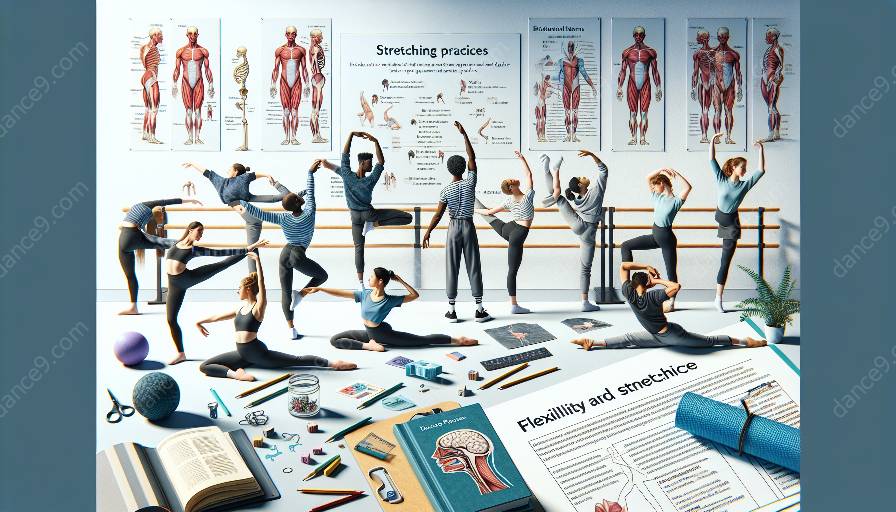Dance is not only an art form but also a discipline that demands physical and mental well-being. In the dance community, flexibility and stretching are often central to achieving technical excellence. However, there are numerous myths and misconceptions surrounding the concept of flexibility in dance, and it is crucial to debunk these myths in order to promote a healthy and balanced approach to flexibility and stretching for dancers. This guide aims to dispel common myths, provide insights into the importance of flexibility and stretching, and explore their impact on physical and mental health in the dance community.
The Truth about Flexibility and Stretching for Dancers
Myth: Flexibility is Essential for Being a Good Dancer
One of the most prevalent myths is the belief that only highly flexible individuals can excel in dance. While flexibility is undoubtedly beneficial, it is not the sole determinant of a dancer's skill. Technique, strength, artistry, and musicality are equally vital in becoming a proficient dancer. As such, it is essential to recognize that dancers come in all shapes, sizes, and levels of flexibility, and that each individual can find success and fulfillment in their dance practice.
Myth: Stretching Should Be Painful to Be Effective
Contrary to popular belief, stretching should not be a painful experience. While dancers may experience discomfort as they push their bodies to expand their range of motion, pain is a sign of potential injury. It is crucial for dancers to differentiate between productive stretching and harmful overextension, as the latter can lead to long-term damage and hinder performance.
Myth: Flexibility Cannot Be Improved
Another common myth is that an individual's flexibility is fixed and cannot be enhanced. In reality, with consistent and targeted stretching regimes, dancers can gradually increase their flexibility and range of motion. It is important to approach flexibility training with patience and persistence, as progress may be gradual but achievable with the right techniques and guidance.
The Impact of Flexibility and Stretching on Physical and Mental Health
Physical Benefits
- Enhanced range of motion
- Improved muscular balance and posture
- Reduced risk of injury
- Increased physical stamina and endurance
- Enhanced circulation and blood flow
Mental Benefits
- Stress relief and relaxation
- Enhanced body awareness and mindfulness
- Improved self-confidence and self-esteem
- Increased focus and concentration
- Promotion of positive body image
By understanding the physical and mental benefits of flexibility and stretching, dancers can approach their training with a holistic perspective. It is essential to prioritize injury prevention, overall well-being, and self-care alongside technical advancement and artistic expression.
Conclusion
Debunking myths about flexibility in dance is crucial for establishing a balanced and informed approach to training. By recognizing the truths surrounding flexibility and stretching, dancers can cultivate a healthy relationship with their bodies, enhance their overall physical and mental health, and achieve sustainable success in their dance practice.


































